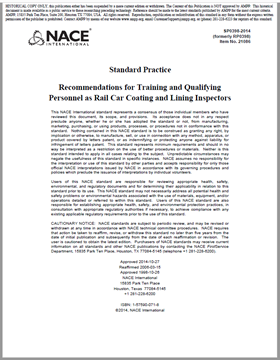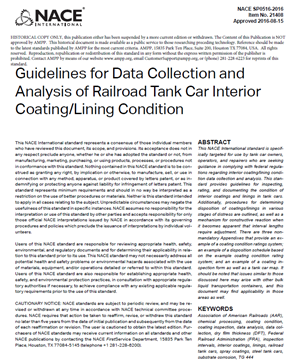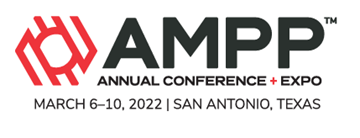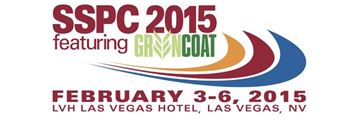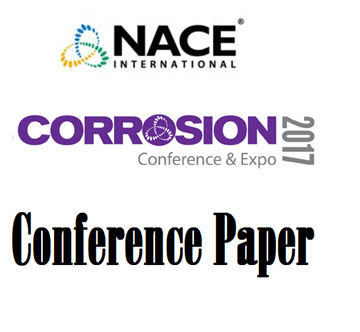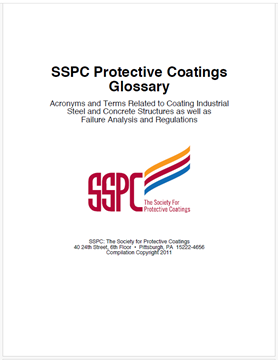Search
Coatings and Linings
View as
Sort by
Display
per page
SP0398-2014 (formerly RP0398), “Recommendations for Training and Qualifying Personnel as Rail Car Coating and Lining Inspectors
Product Number:
21086-SG
ISBN:
1-57590-071-8
Publication Date:
2014
$179.00
SP0487-2019, Considerations in the Selection and Evaluation of Rust Preventives and Vapor Corrosion Inhibitors for Interim (Temporary) Corrosion Protection
Product Number:
21037-2019
ISBN:
1-57590-097-1
Publication Date:
2019
$109.00
SP0490-2007-SG (formerly RP0490), Holiday Detection of Fusion-Bonded Epoxy External Pipeline Coating of 250 to 760 µm (10 to 30 mil)
Product Number:
21045-SG
ISBN:
1-57590-119-6
Publication Date:
2007
$109.00
SP0516-2016, “Guidelines for Data Collection and Analysis of Railroad Tank Car Interior Coating/Lining Condition”
Product Number:
21408-SG
Publication Date:
2016
$179.00
SP0892-2007-SG (formerly RP0892), Coatings and Linings over Concrete for Chemical Immersion and Containment Service
Product Number:
21060-SG
ISBN:
1-57590-136-6
Publication Date:
2007
$109.00
Spatial Variation Analysis Of Localized Corrosion Of Steel Bar With Spectral Analysis Technique
Product Number:
51322-17792-SG
Publication Date:
2022
$20.00
Specifying Concrete Coating Projects in Water and Wastewater Treatment Structures
Product Number:
41215-915-SG
Publication Date:
2015
$20.00
Spherical Tank External Coating Simplified Strong Teamwork
Product Number:
41206-255-SG
Publication Date:
2006
$20.00
Spread of Corrosion Assessment on Flexible Elastomeric Insulation Systems in a Continuous Salt-Water Spray Environment
Product Number:
51317--8907-SG
ISBN:
8907 2017 CP
Publication Date:
2017
$20.00
SSPC Protective Coatings Glossary-2011
Product Number:
SSPC Protective Coatings Glossary-2011
Publication Date:
2011
$0.00
SSPC- SP 6/NACE No. 3-2006, Commercial Blast Cleaning
Product Number:
21067-SG
ISBN:
1-57590-109-9
Publication Date:
2006
$109.00
SSPC-CS 23.00/AWS C2.23M/NACE No. 12, “Specification for the Application of Thermal Spray Coatings (Metallizing) of Aluminum, Zinc, and Their Alloys and Composites for the Corrosion Protection of Steel”
Product Number:
21100-SG
ISBN:
0-87171713-1
Publication Date:
2016
$109.00

